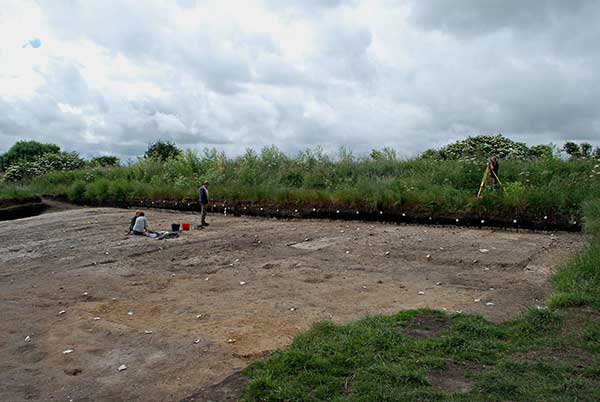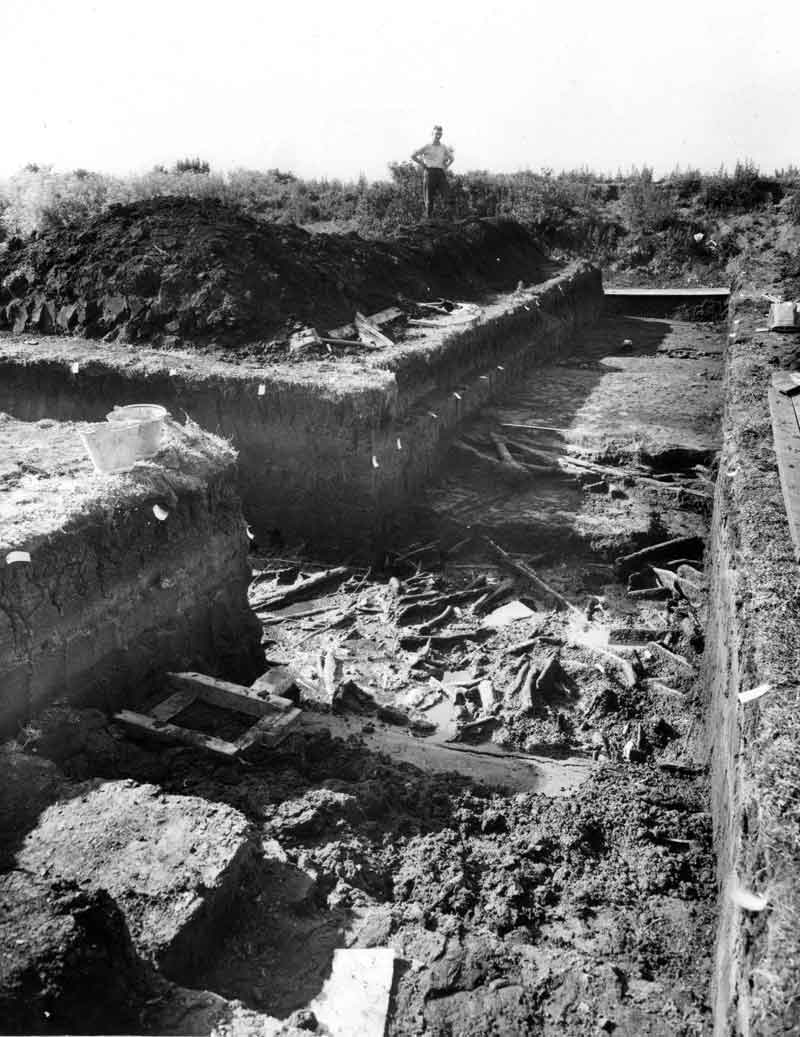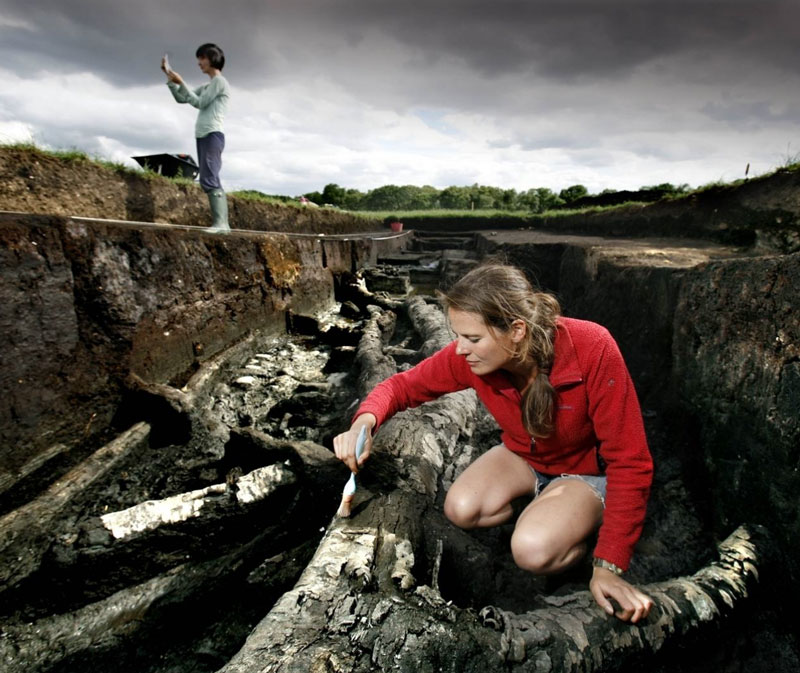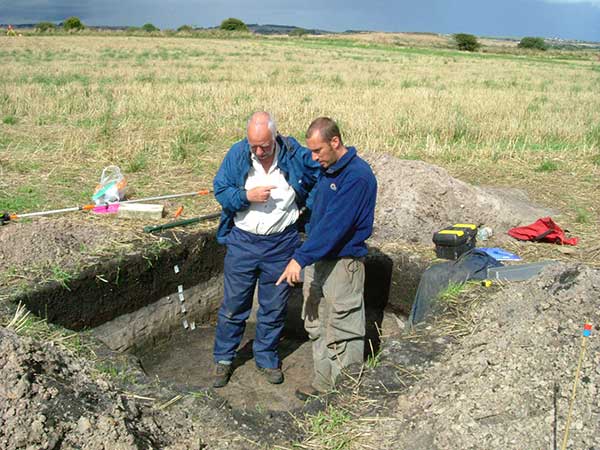About Star Carr
The site
Star Carr is a Mesolithic (Middle Stone Age) archaeological site, dating to around 9000 BC, just centuries after the end of the last Ice Age. It has become world famous in the archaeological world due to the preservation of artefacts found buried deep in the peat.

These incredibly rare finds include headdresses made from red deer skulls, thought to be used by shamans in ritual practices, barbed points (harpoons) used in hunting and fishing, the "oldest house in Britain", and the earliest evidence of carpentry that we have in Europe.
History of research
Finding the site and the initial excavations
Credit for finding the site of Star Carr goes to John Moore, a local amateur archaeologist who found 10 sites in the area from 1947. He carried out a small excavation at Star Carr in 1948 and found some flint, bone and antler. Contact was made with Grahame Clark, lecturer of Prehistory at the University of Cambridge who was looking to excavate a Mesolithic site which preserved organic materials such as bone, antler and wood. From 1949-1951 Clark excavated Star Carr and published his findings in 1954.

Clark uncovered an amazing array of finds. On what would have been the lakeshore was a platform that appeared to have been made by people. On top and within this platform the excavators found a range of animal remains: red deer, roe deer, wild boar, elk, auroch (wild cow), birds, beaver, pine marten, hedgehog, hare and badger. Finds of wolf were also made, later thought to be domesticated dog.
There were a lot of flint artefacts and waste including scrapers, probably used for cleaning hides of animals, axes for woodworking and ‘microliths’ which were used as the tips of arrows. There was considerable evidence for antler and bone working into tools and particularly barbed points (perhaps used as spears for killing animals, fish etc). What is incredible about these is that 193 have been found on the site, which accounts for roughly 97% ever found in the UK! So, a concentration like this is very important.
Another set of amazing finds were the headdresses. These are made out of the skulls and antlers of red deer, smoothed out inside and pierced, thought to be for wearing on the head. A total of 21 of these were found, and apart from a few in Europe no other discoveries of these have been made again...they are very rare. There are various interpretations as to how they were used, including perhaps worn during stag hunts, or perhaps in "ritual" ceremonies, as is known in the ethnographic record.
Excavations by the Vale of Pickering Research Trust

The site soon became famous in the archaeological world because of the incredible discoveries which had been made but it wasn’t until the 1980s that further research was carried out to investigate the palaeoenvironment. In 1985 a trench was excavated about 30 metres to the east of the original excavations by Clark. It was thought that this area should be archaeologically sterile however an unexpected concentration of archaeological material was found.

At the lower end, the trench was excavated in two halves and at this point a concentration of large wood segments were noted, but because sporadic fragments of wood had been found earlier in the sequence it was first assumed these were a natural accumulation. It was only during the second week, however, it became evident that they had more archaeological significance. Those found in the western half of the trench were recorded and lifted. These timbers were incredibly important because they had been split and worked—they were not a natural accumulation as found in Clark's trench, and so they represented the earliest evidence of carpentry in Europe.






